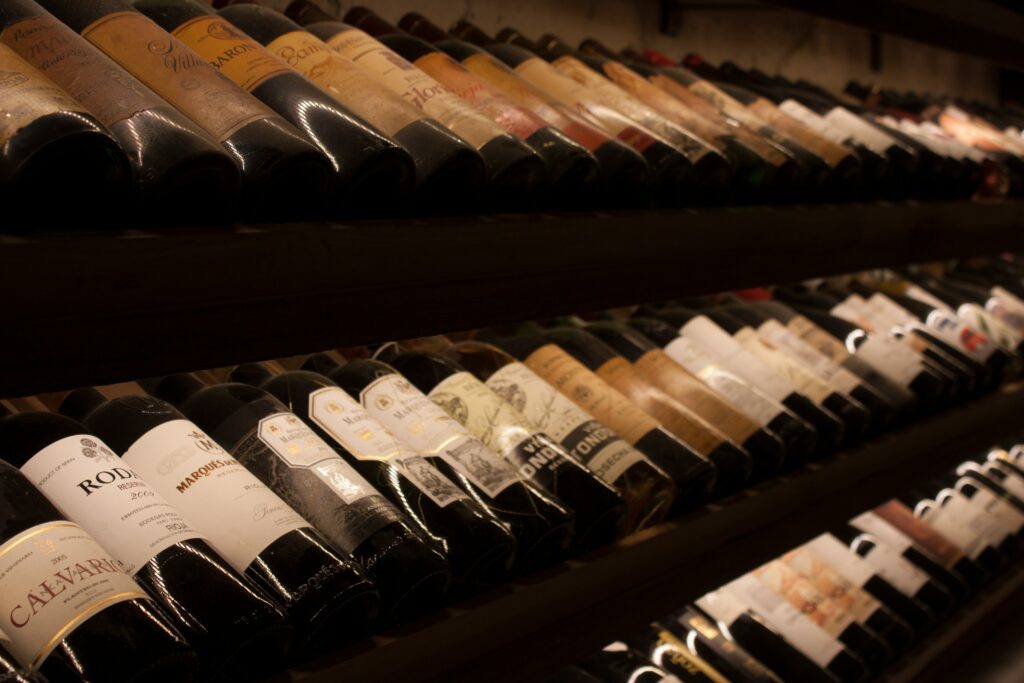Managing a wine cellar can seem like a daunting task, especially if you're a wine lover.
With a little basic knowledge and modern tools such as wine cellar management apps, this process can become not only easier, but also more enjoyable. This article will give you practical advice and tips on how to manage your wine cellar.
1) Inventory your wine cellar
The first step to managing your wine cellar is to know exactly what you have in stock. This usually involves cataloguing every bottle, including details such as wine type, vintage, region of origin, and even the optimum time for tasting.
2) Use an application to manage your wine cellar
In the past, this task was often carried out manually with a notebook and pen. However, there are now several wine cellar management apps that can make this task much easier. These apps offer an intuitive interface where you can easily add information about each bottle, the location in your cellar, and even tasting notes. Some apps also include features like reminders to let you know when a bottle has reached its peak.
Oeni, your wine cellar management app available on iOS and Android, lets you track the value of your cellar over time and helps you open your wines at the right time with the best food and wine pairings.

3) Temperature and humidity: the ideal conditions
Once your inventory is in place, the next step is to ensure that your wines are stored in optimal conditions. The ideal temperature for a wine cellar is generally between 12 and 15 degrees Celsius. A relative humidity of 70% is often recommended to prevent corks from drying out.
4) Physical organization of the wine cellar
It's also important to consider how the bottles are physically organized in the cellar. Wines that need to be consumed sooner should be more accessible, while those requiring longer aging can be placed further back.
5) Monitoring and updating the inventory
Even with the best wine cellar management app, your system will only be effective if you keep it up to date. Every time you add or remove a bottle, be sure to update your inventory accordingly.
6) Sharing and exchange
Some wine cellar apps also allow you to share your inventory with friends and family. This can be particularly useful if you're looking to exchange bottles or simply get recommendations.
7) Wine cellar safety
It's crucial to consider security, especially if your collection is substantial. This can include measures such as an advanced locking system or even a surveillance system.
8) Active management
A well-managed wine cellar isn't just a static collection; it's a dynamic entity that evolves over time. This means it's important to regularly taste wines to see how they're evolving, and adjust your storage plans accordingly.

Conclusion
Managing a wine cellar can be a complex task, but with the right tools and practices, it can also be very rewarding. By using an app to manage your wine cellar, maintaining optimal conditions, and taking a proactive approach, you can ensure that every bottle you open will be at its best potential.
The digital age has simplified wine cellar management, making the experience more rewarding and less laborious. With a wine cellar management app, even amateurs can now manage their collection like professionals. So whether you're a novice or an experienced collector, managing your wine cellar has never been easier.





